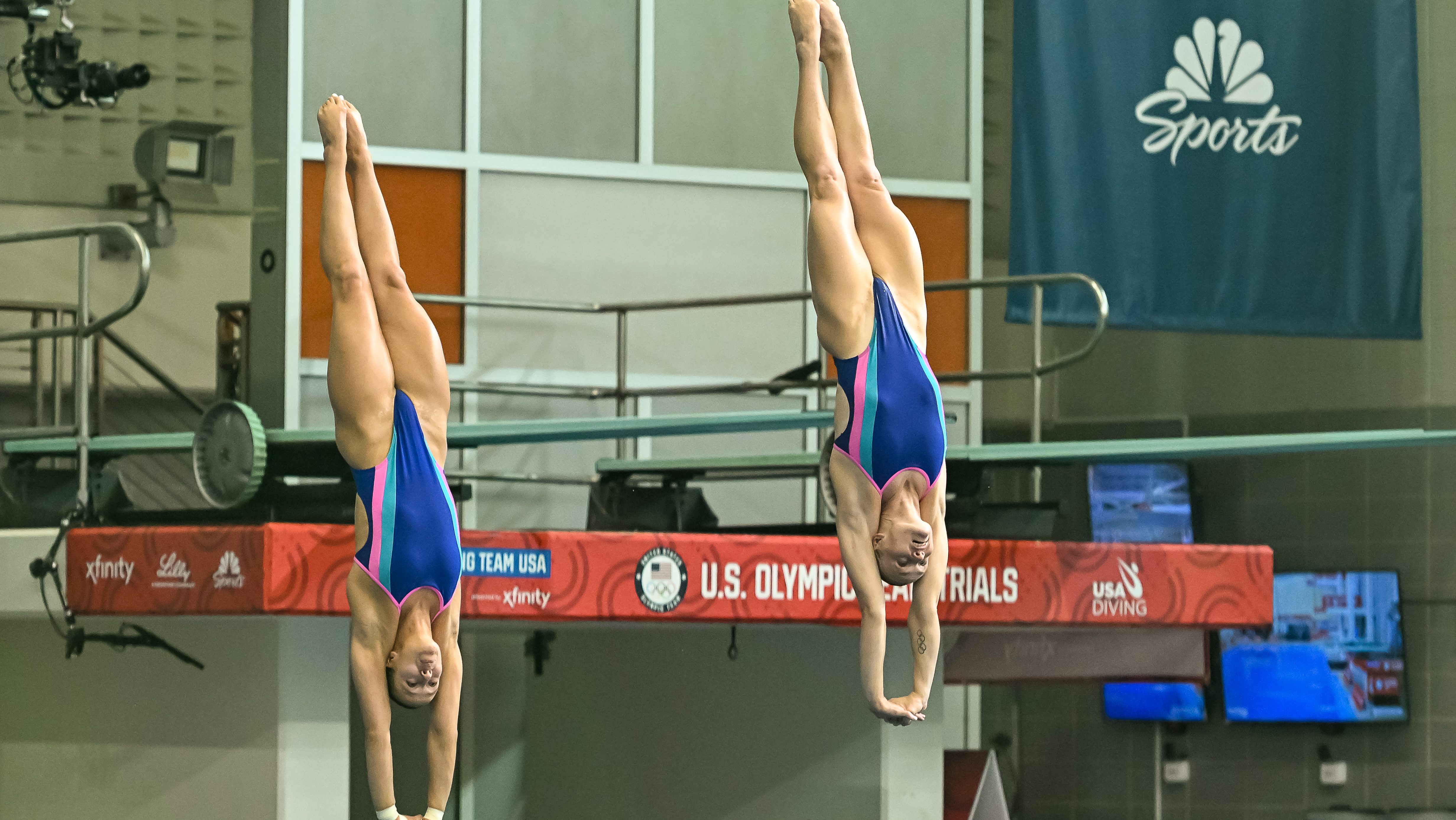The scoring process in diving isn't the only thing about the sport that may leave viewers scratching their heads.
During diving events at the 2024 Paris Olympics, water is sprayed into the pool by sprinklers located near the apparatus at the Olympic Aquatics Centre in Saint-Denis, France. And the spraying doesn't stop while athletes are flying through the air and into the pool.
It may seem odd for water to be sprayed on top of more water as athletes are attempting career-defining dives. But the sprinklers are actually there to help the divers.
We've got the news you need to know to start your day. Sign up for the First & 4Most morning newsletter — delivered to your inbox daily. >Sign up here.
World Aquatics, the governing body for aquatic sports, requires there be "mechanical surface agitation" in pools for Olympic events to "aid the divers in their visual perception of the surface of the water."
Divers leap from platforms that are around 10 feet (3m events) and 33 feet (10m events) above the water. And athletes can reach speeds of up to 35 mph before crashing into the pool. So the sprinklers act as a visual aid to give divers a sense of how close they are to hitting the water while they're flying, flipping and twisting through the air.
What's the temperature of Olympic diving pools?
World Aquatics calls for the water temperature in Olympic diving events to be no lower than 28 degrees Celsius (roughly 82 degrees Fahrenheit).
How deep is an Olympic diving pool?
A pool for Olympic diving must be at least 5-meters deep (roughly 16 feet).




